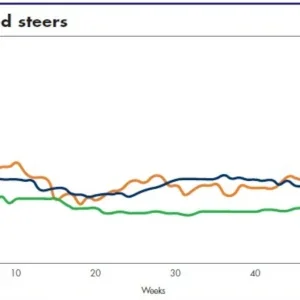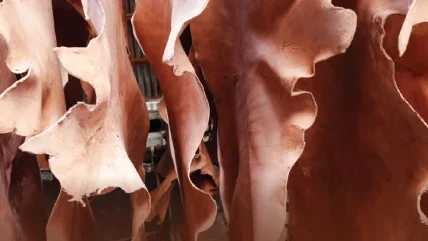
The relocation process for the leather industry in Bangladesh began in 2014, when the government allocated land in Savar city for the tanneries of Hazaribagh, a neighborhood in the capital Dhaka, to move to. Most relocated in April 2017 when the government cut off their utility supplies in Hazaribagh. The relocation plan was intended to improve environmental pollution control, modernise the tanneries, increase export revenue, deliver more employment, and provide safe and sustainable economic conditions for the industry. But the complete opposite happened. This has led to export value losses of more than $5bn in the past seven years (2018 – 2024); the loss of jobs for more than 100 leather engineers as well as the loss of about 5,000 labour roles; only six tanneries having a Leather Working Group (LWG) compliance certificate (with all six being outside of the Savar cluster); and the need for Savar to get technical assistance on environment-friendly leather production from the UK’s Eurofins/BLC Leather Technology Centre. This is despite total government funding for the tannery relocation project amounting to $125m, as well as investment from the owners of 134 tanneries adding up to $225m.
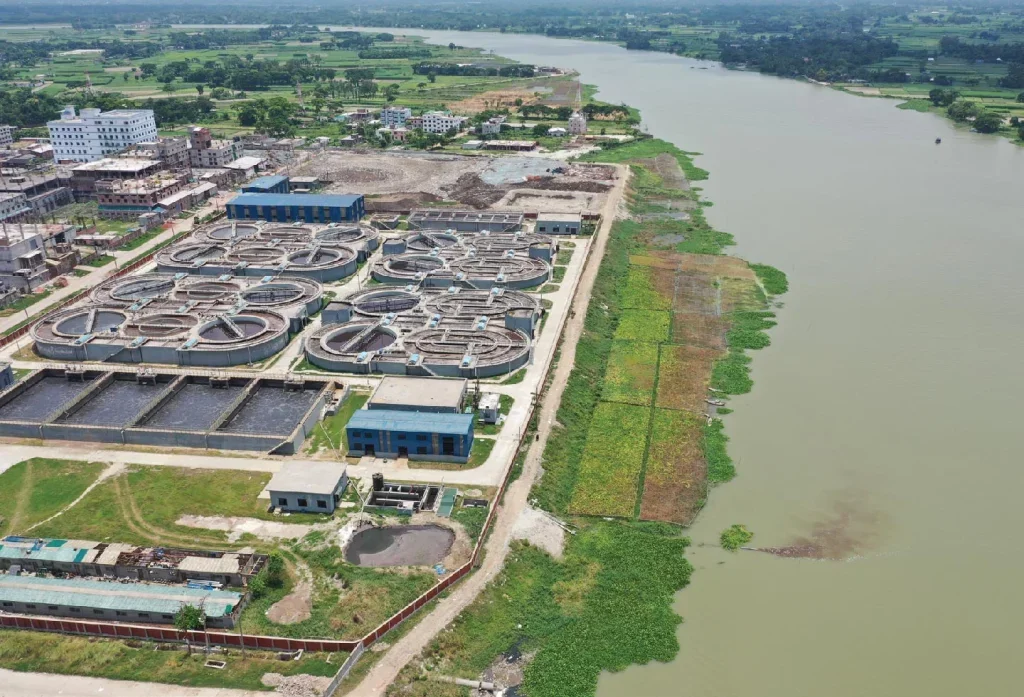
There have been several issues. One has been is that, due to specific LWG audit protocols, the units in the Savar cluster have not been eligible for an LWG audit in order to gain international environmental compliance certification in the seven years since its construction, and there are no moves to begin preparations for this.
The Bangladesh Small and Cottage Industries Corporation (BSCIC), which set up Savar, and the Ministry of Industries, plus the Tannery Owners’ Association, have failed miserably to show the accountability required for this, and until proper new investments, initiatives and advisory services are provided, the Savar tanneries will not get LWG audit eligibility.
“The interim government should conduct a thorough investigation of the incompetence and irresponsible activities of the those involved in the tannery relocation project.”
The exports from the Bangladesh leather sector in the 2023-24 fiscal year amounted to $1.107bn, yet, understandably, foreign buyers – with the exception of China, as we shall later explain – have stopped importing leather from this tannery cluster. Buyers of Bangladeshi leather from the European Union, who have been doing business for the past three decades, have said that the tanneries must have the LWG’s environmental performance assessment certificate for leather production, otherwise the cluster’s crust finished leather and leather products will not be sold on the world market. In leather processing, nothing can be done that is harmful to the local environment, eco system, water body and workers, while the items produced from finished leather should not contain any harmful elements that can affect consumer health.
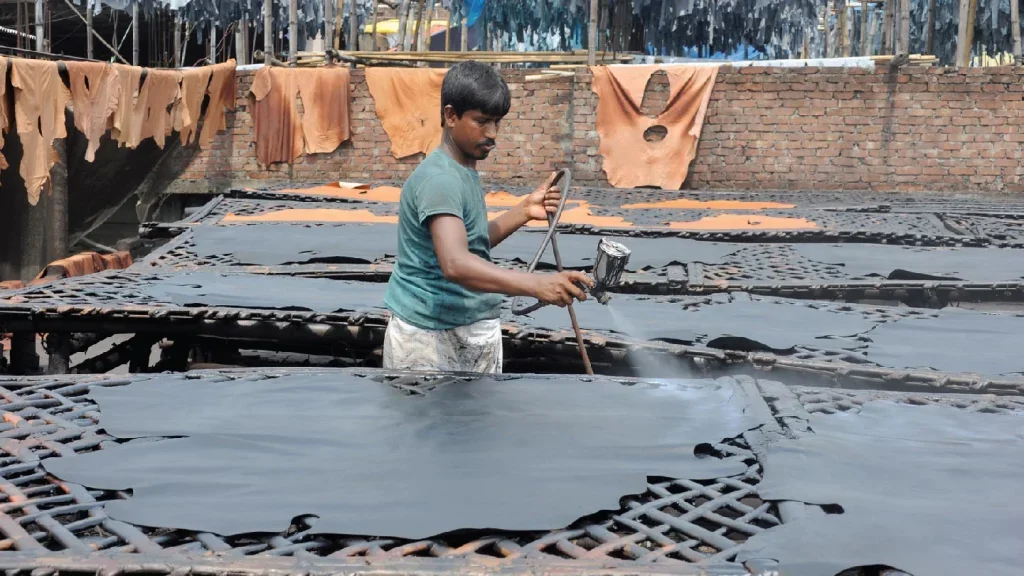
To maintain the production of exportable leather footwear and leather products, large quantities of wet blue leather and finished leather have to be imported from LWG-certified foreign tanneries.
As for China, more than 120 million square feet of wet blue and crust leather produced domestically every year is exported to the country at very low prices – at one-third the price of the world market – because no other buyer will import leather from the new tannery cluster. The price being paid does not match with the cost of production. Losses per square foot of crust leather have become the norm on every shipment to China.
Meanwhile, Chinese central effluent treatment plant (CETP) contractors are to blame for the compliance problems at the Savar tannery estate, due to the company involved being quite new to this type of work. One allegation is that the company’s tender, worth $71m, only included the CETP and not chrome management or a dumping yard, while an experienced Indian company had tendered $81m for the entire work, including the dumping yard and chrome management. If the second tender had been accepted, the Savar leather industrial estate might have avoided some of its compliance issues.
The Ministry of Industries and the BSCIC have also not taken any initiative to build a dumping yard to stop the environmentally destructive practice of dumping of thousands of tons of tannery solid wastes in the open. Likewise, they are doing nothing to put chrome management systems in place to stop the release of used chrome liquor into the nearby Dhaleshwari River.
In all the countries where tanneries have been relocated, it’s usual for tannery owners’ associations to have appointed leather industry experts to take care of the process. In Bangladesh, two tanneries owners’ associations – Bangladesh Finished Leather, Leather goods and Footwear Exporters’ Association (BFLLFEA) and the Bangladesh Tanners Association (BTA) – did not jointly appoint at least one leather industry expert to look after the relocation process, with the government instead using those who know nothing about leather. When the BSCIC appointed two civil engineers as consultants for the project, why did the tannery associations keep silent instead of resisting it? Why did they not submit a memorandum to the now disgraced former prime minister Sheikh Hasina, who had a keen interest in the tannery relocation? Hasina understood the potential of the leather industry to the Bangladesh economy, although she too never criticised or took any action against the BSCIC due to its utter failure to stop environmental pollution or for failing to prepare for an LWG audit.
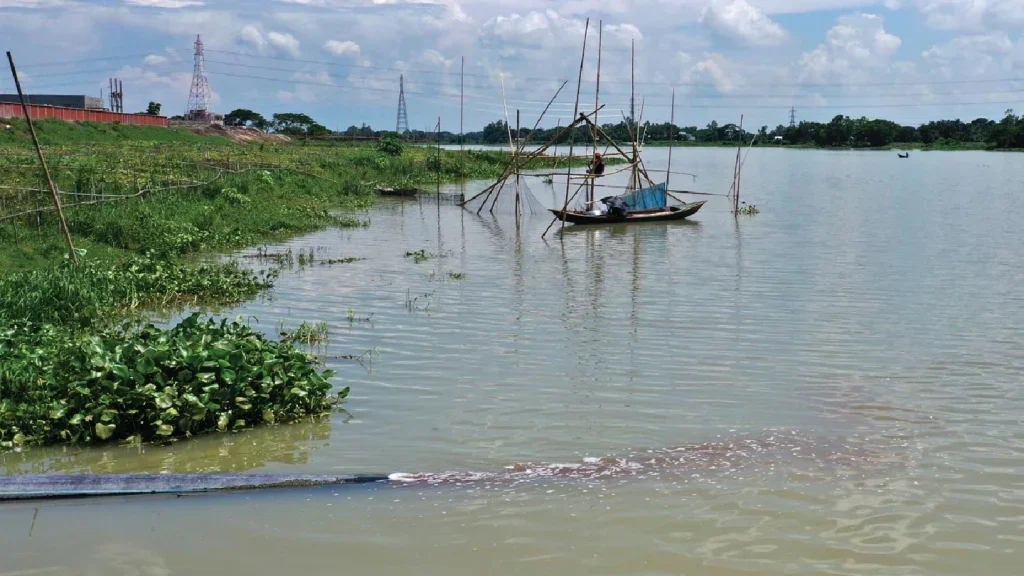
The present interim government lead by Dr. Muhammad Yunus should conduct a thorough investigation of the incompetence and irresponsible activities of the those involved in the tannery relocation project. This incident has caused a loss of billions of US dollars to the country’s economy over the past seven years and will be considered as a black chapter in the history of the leather industry in Bangladesh.
Yunus should also find a proper solution to this profound problem of the leather industry, with experts now suggesting foreign technical assistance for the following:
- Arrangement of an environmental compliance enhancement course for all leather engineers working in tanneries and other leather graduates to be employed in the future
- Countrywide rawhide and skins preservation training programmes for students from the Institute of Leather Engineering and Technology, University of Dhaka
- Import and installation of filter machines for the recirculation of hair-save unhairing floats to recover animal hair materials in 120 tanneries
- The adoption of cleaner technology compulsory in all leather processing units in Bangladesh
- Interior modification of tanneries for LWG audit preparation
- Construction of one big cold storage for keeping preserved rawide and skins for every tannery
- Renovation of the existing CETP and the construction of a dumping yard for existing and new solid wastes from tanneries
- The use of waterless chrome tanning technology, through purchasing a license from the Central Leather Research Institute (CLRI) in Chennai, India, or the establishment of chrome recovery plants in every tannery
- Allowing tanneries their own effluent treatment plants to reduce the pressure on the CETP – some have already constructed an ETP and chrome recovery unit, plus a small dumping yard.


